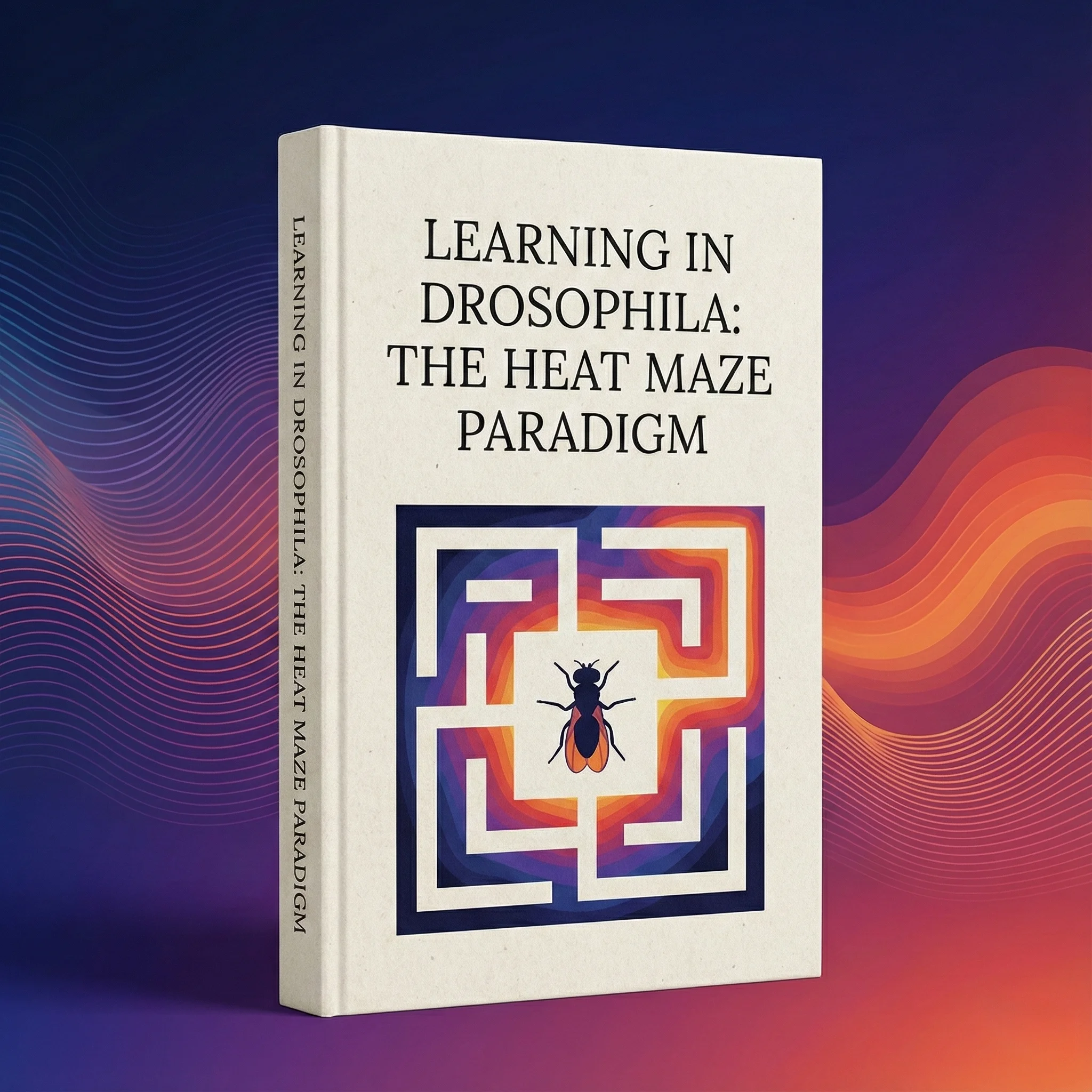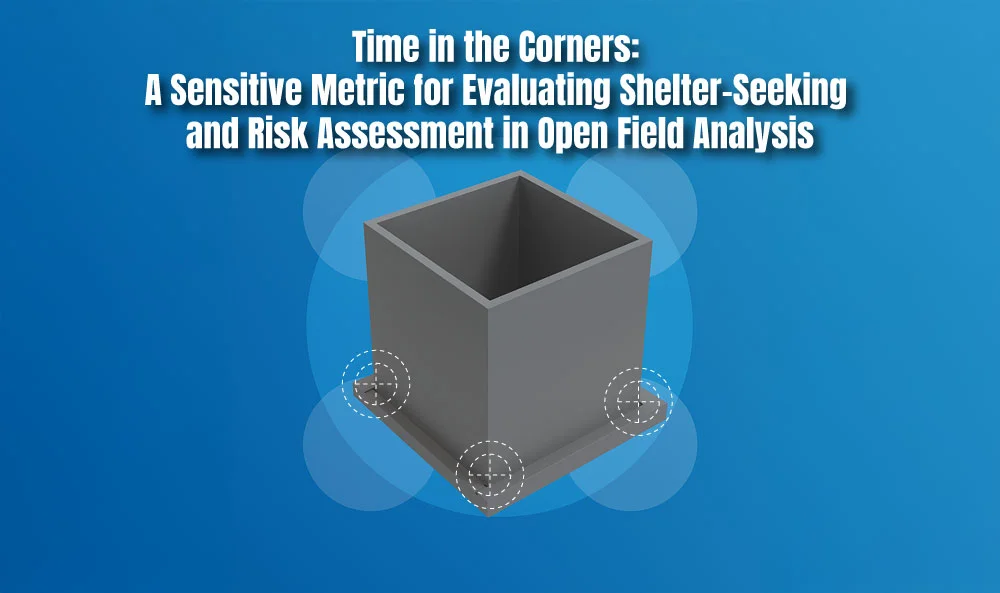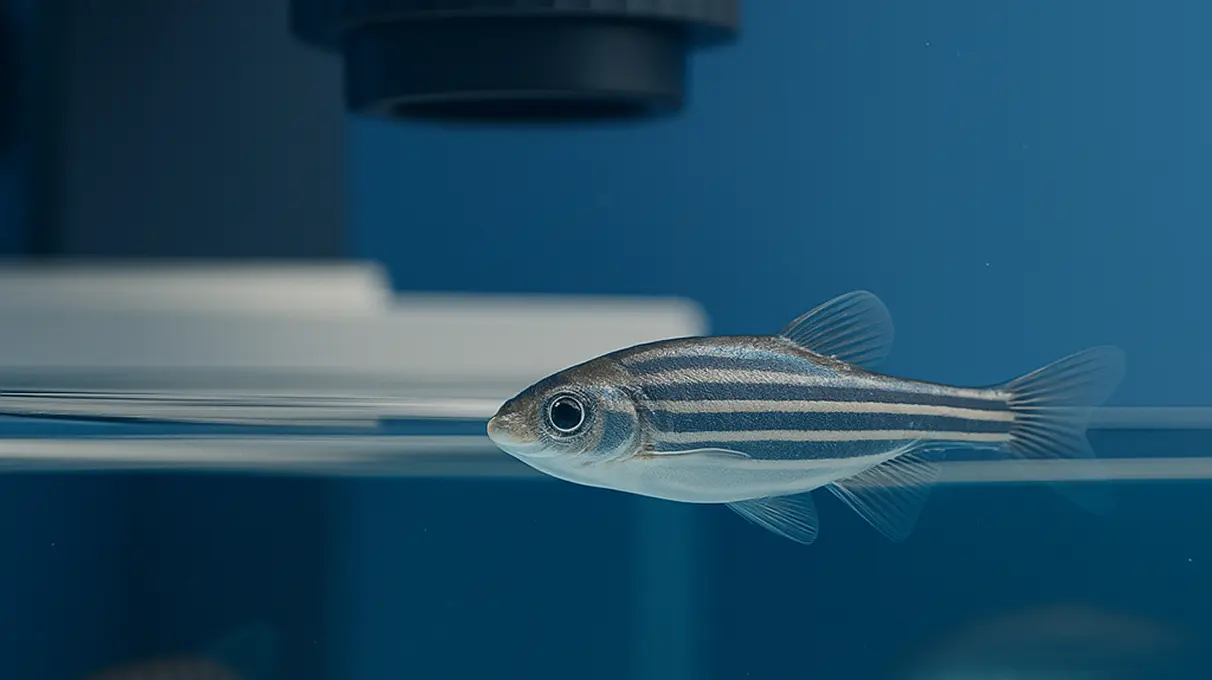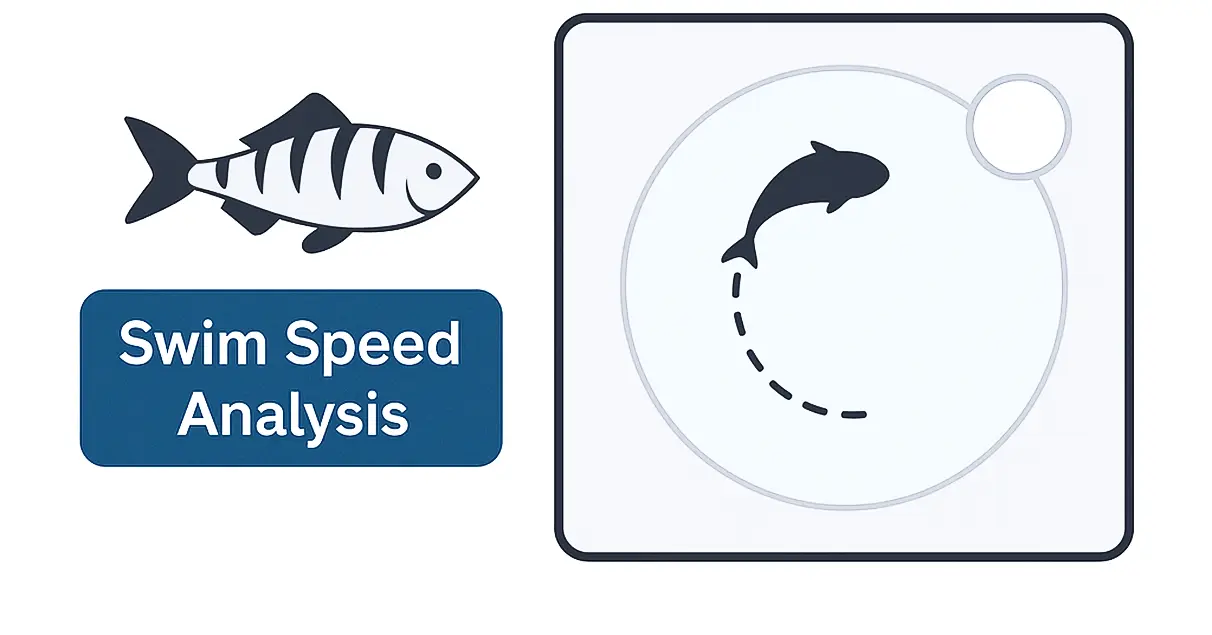

The Open Field Test (OFT) is a foundational assay in behavioral neuroscience used to assess locomotion, anxiety-like behavior, and exploratory drive in rodent models. While commonly measured variables include total distance traveled and time spent in the center or periphery, Time in the Corners offers an additional, highly informative metric that reflects a subject’s shelter-seeking tendencies, risk assessment behavior, and emotional regulation.
In many rodents, corners represent the most secure locations within an open field due to the dual-wall configuration, providing tactile feedback and minimizing visual exposure. Prolonged occupancy of these zones can therefore be interpreted as a behavioral proxy for hypervigilance, passive avoidance, or contextual fear—core elements in the evaluation of anxiety and related affective states.
Time spent in the corners of an open field arena captures the animal’s preference for the most spatially constrained and protected regions, offering a more refined view of risk-avoidance behavior than general peripheral movement. The dual-wall boundary of corners provides maximal tactile feedback and minimal exposure, triggering shelter-seeking tendencies especially in situations perceived as threatening or unfamiliar.
This metric integrates several behavioral constructs:
As a metric, time in the corners expands the behavioral resolution of open field testing. It captures subtleties of emotional withdrawal, sensory threat processing, and shelter-driven motivation that are often missed by broader categories like center or periphery time alone.. Unlike general thigmotaxis (wall-following behavior), corner-seeking represents an even more extreme form of avoidance, often signaling:
This metric is particularly useful in distinguishing nuanced behavioral phenotypes. For instance, two animals may spend equal time in the periphery, but only one may concentrate its activity in the corners—an important distinction when interpreting anxiety-like behavior.
Corner time reflects a complex interplay of cognitive, affective, and motivational processes that provide nuanced insight into the animal’s behavioral state:
Corner time is elevated in rodent models of anxiety, post-traumatic stress disorder (PTSD), and generalized fear. Exposure to acute stressors (e.g., predator odor, bright lighting) or chronic stress paradigms (e.g., maternal separation, social isolation) increases time spent in the corners. Anxiolytic drugs often reduce this metric in parallel with center zone occupancy, reinforcing its relevance as an anxiety-sensitive endpoint (Prut & Belzung, 2003).
Rodents displaying depressive-like phenotypes—such as anhedonia, psychomotor slowing, or behavioral suppression—frequently adopt corner-dwelling as a low-energy, low-risk posture. Increased corner time in these models may reflect emotional disengagement or impaired motivation to explore.
Time in the corners is also informative in developmental and aging research. Juvenile animals tend to explore more freely and spend less time in the corners compared to aged or neurologically impaired counterparts. In neurodegenerative models, corner preference may signify cognitive inflexibility, risk aversion, or spatial disorientation.
Hormonal influences, particularly estrogen and corticosterone, can modulate shelter-seeking behavior. Female rodents may exhibit cycle-dependent changes in corner preference, and sex-specific effects are commonly observed in response to anxiolytic and antidepressant treatments.
Time in the corners provides a quantifiable endpoint for evaluating the effects of novel compounds or gene knockouts. For example, knockout models of serotonin transporter or corticotropin-releasing factor (CRF) receptors exhibit elevated corner occupancy, linking this behavior to underlying neurotransmitter dysregulation.
While increased time in the corners is often interpreted as an anxiety-like response, some animals may actively avoid the corners altogether. Distinguishing between these behavioral subtypes—corner-seeking versus corner-avoidant—adds granularity to phenotypic analysis. Animals that remain in the corners may exhibit passive coping or fear-based sheltering, whereas those that avoid corners might display hypervigilance, impulsivity, or heightened arousal.
Analyzing how corner time fluctuates during early, middle, and late stages of the test session provides deeper insight into behavioral adaptation. Early session corner occupancy may reflect initial freezing or startle responses, while persistent occupancy suggests enduring anxiety or cognitive rigidity. Tracking this trajectory can help distinguish between trait-like avoidance and state-dependent emotional reactivity.
The geometry and size of the arena influence spatial preferences. For example, square arenas with sharply defined corners often elicit more corner-focused behavior than circular arenas where such zones are absent. Standardizing arena parameters and defining corner zones consistently across studies improves cross-laboratory comparability and data interpretation.
In natural environments, corners are associated with concealment, nesting, and reduced exposure to predators. Interpreting corner preference through an ethological lens enriches the behavioral meaning of this metric. It frames corner time not solely as a sign of anxiety but also as a contextually appropriate safety strategy under perceived threat.
Baseline time in the corners can serve as a predictor of treatment responsiveness. Animals with higher initial corner occupancy may be more sensitive to anxiolytic drugs or environmental enrichment, whereas those with low corner time may require different therapeutic strategies. This predictive utility supports its role in pre-screening, treatment stratification, and personalized experimental designs.
Corner time shows strong construct validity when compared to related anxiety assays such as the elevated plus maze, light-dark box, or novelty suppressed feeding. Animals with high corner occupancy often display similar avoidant tendencies across these paradigms. Correlating across tests supports the use of corner time as a generalizable trait marker for affective behavior.
When combined with other behavioral features, corner time can be incorporated into unsupervised machine learning models (e.g., k-means clustering, PCA, t-SNE) to classify animals into distinct behavioral profiles. This approach is particularly valuable for high-throughput phenotyping in large cohorts and for identifying subpopulations that may respond differently to interventions.
Corner time should not be interpreted in isolation. For comprehensive behavioral analysis, consider the following:
To accurately assess corner occupancy, researchers should employ standardized open field systems with reliable tracking capabilities and configurable zone mapping. High-resolution tracking allows for nuanced behavioral analysis, while data synchronization with video recordings enables post hoc validation. Ensuring consistent arena conditions, lighting, and habituation protocols improves reproducibility and supports more robust cross-study comparisons.
Explore the Open Field Test page for solutions designed to optimize behavioral testing and maximize insight into shelter-seeking and risk-assessment behaviors in animal models.
Written by researchers, for researchers — powered by Conduct Science.











Dr Louise Corscadden acts as Conduct Science’s Director of Science and Development and Academic Technology Transfer. Her background is in genetics, microbiology, neuroscience, and climate chemistry.
